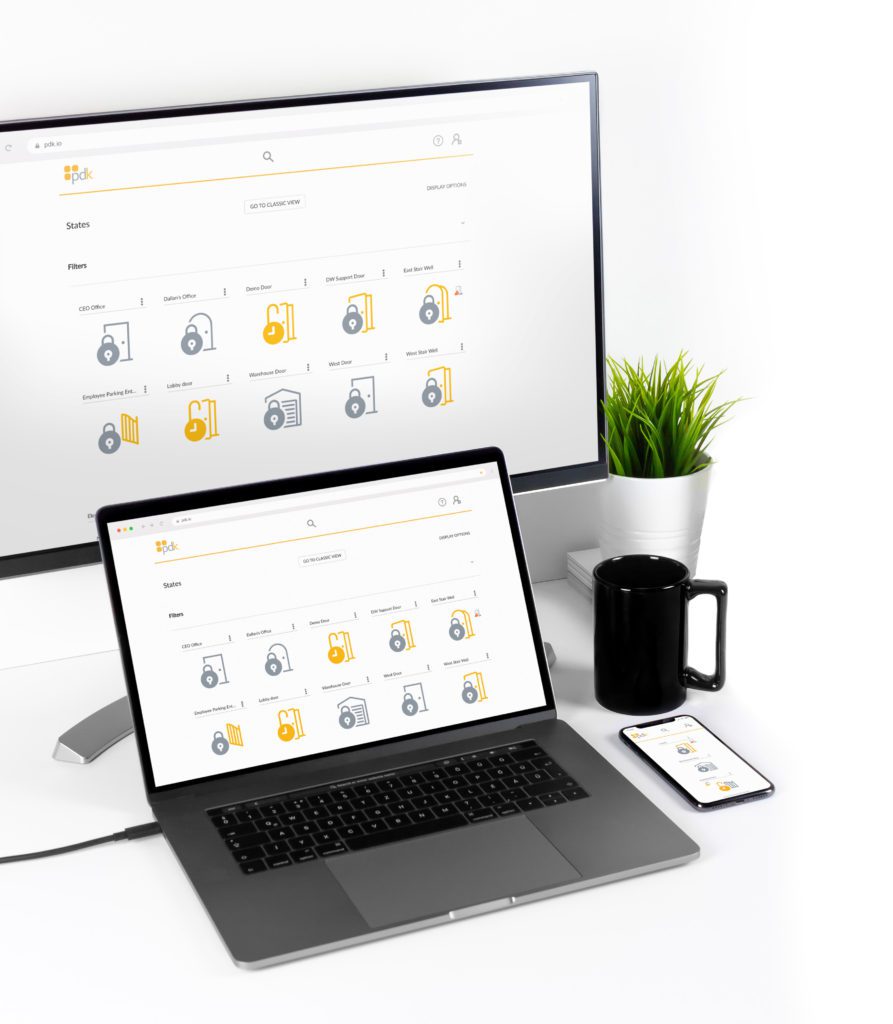Access control is a vital aspect of security for any organization. It regulates who can enter and exit a facility, and what resources they can access. There are two main types of access control systems: on-premise and cloud-based.

On-premise access control systems store all the data and software on local servers within the organization’s premises.
- Pros:
- no recurring fees or subscription costs
- full control over server
- user data stays local
- maximum uptime since there is not reliance on an internet connection
- Cons:
- more complexity and maintenance
- manual updates, which ultimately means the vast majority of these systems will never get the security and software updates they need to fix bugs and keep up with hackers
- compatibility issues with integration into video management software
- compromised security, as older systems are easier to hack and evidence of entry would not be learned until you happened to check the activity logs and noticed the inconsistency
Here is an example of a known vulnerability affecting on-premise servers. Hackers were able to gain entry without creating an entry into the activity log that access was granted. This would not be possible via a cloud-based system, since cybersecurity is constantly updated.
Cloud-based access control systems store all the data and software on remote servers hosted by a vendor. They can be accessed through a web browser from any device with an internet connection.
- Pros:
- complete control, from anywhere in the world, of all users, doors and sites
- no servers to manage, and cybersecurity measures are automatically updated
- employees can use their phone to unlock doors, eliminating lost or stolen keycards
- remotely controlling doors from anywhere eliminates the need to hire additional on-site staff for gatekeeping
- integration with video surveillance provides an additional layer of security
- API integrations available for software applications, such as HR, visitor and membership tools
- real-time traffic data is collected, with AI that continuously learns your schedules to detect and alert you of abnormalities
- designed for easily scalability
- Cons:
- recurring subscription costs
- requires internet connection to function properly (4G cellular backup is available)

Both types of access control systems have their pros and cons, depending on the organization’s needs and preferences. Here are some factors to consider when choosing between them:
- Cost: How much are you willing to spend upfront and over time for your access control system?
- Security: How important is it to have full control over your data and software? How confident are you in the vendor’s security practices?
- Remote Control: How important is being able to remotely open and secure doors?
- Updates: How often do you need to update your system to keep up with changing regulations and technologies?
- Integration: How many other systems or devices do you need to connect with your access control system? How compatible are they?
- Support: How much internal or external support do you need for your system? How fast and efficient is it?
In conclusion, on-premise and cloud-based access control systems have different advantages and disadvantages that should be weighed carefully before making a decision. The best option for your organization depends on your budget, security needs, update frequency, integration requirements, and support expectations. No matter which option you choose, make sure you have a reliable and robust access control and a qualified professional to correctly install your system!

